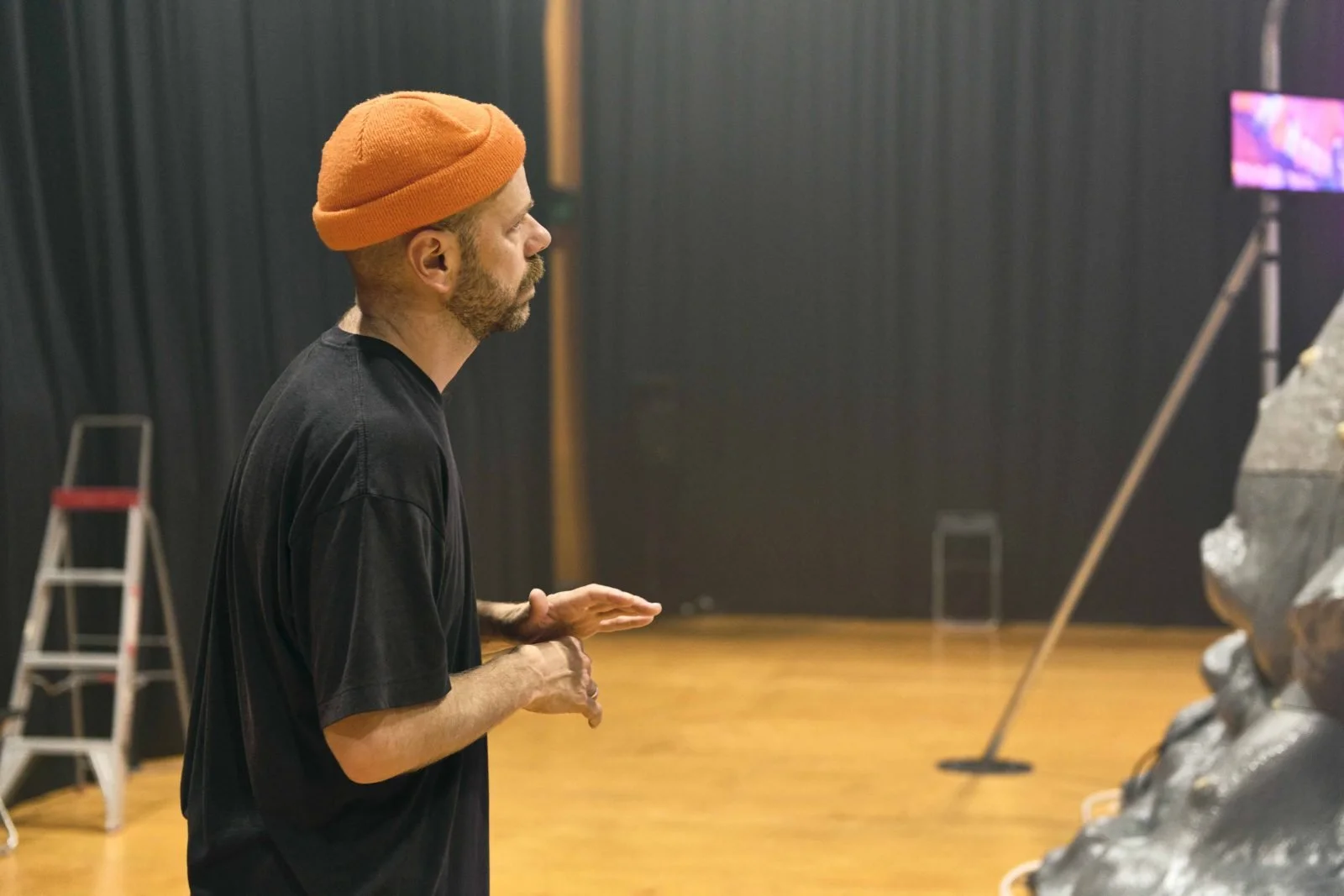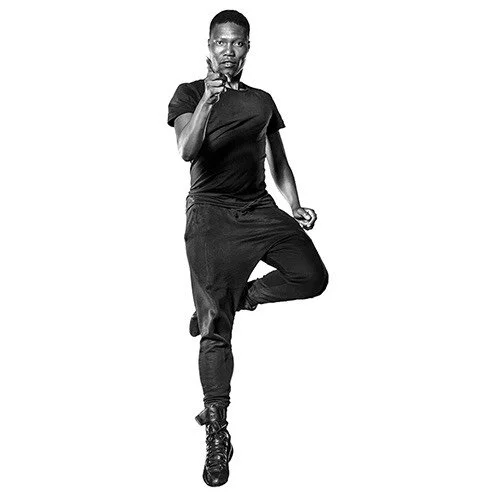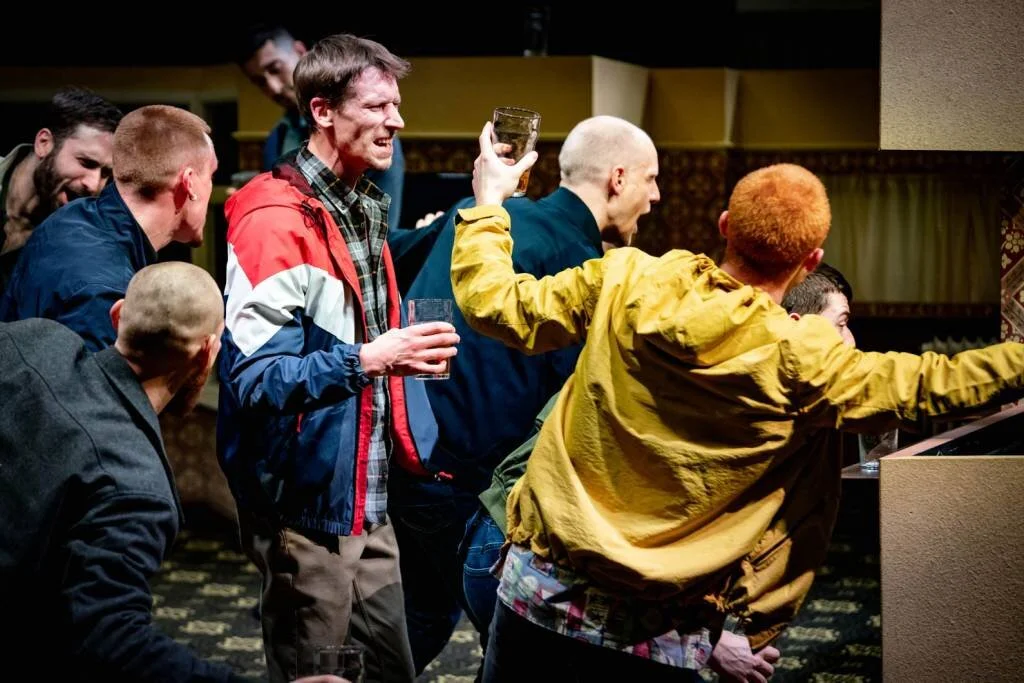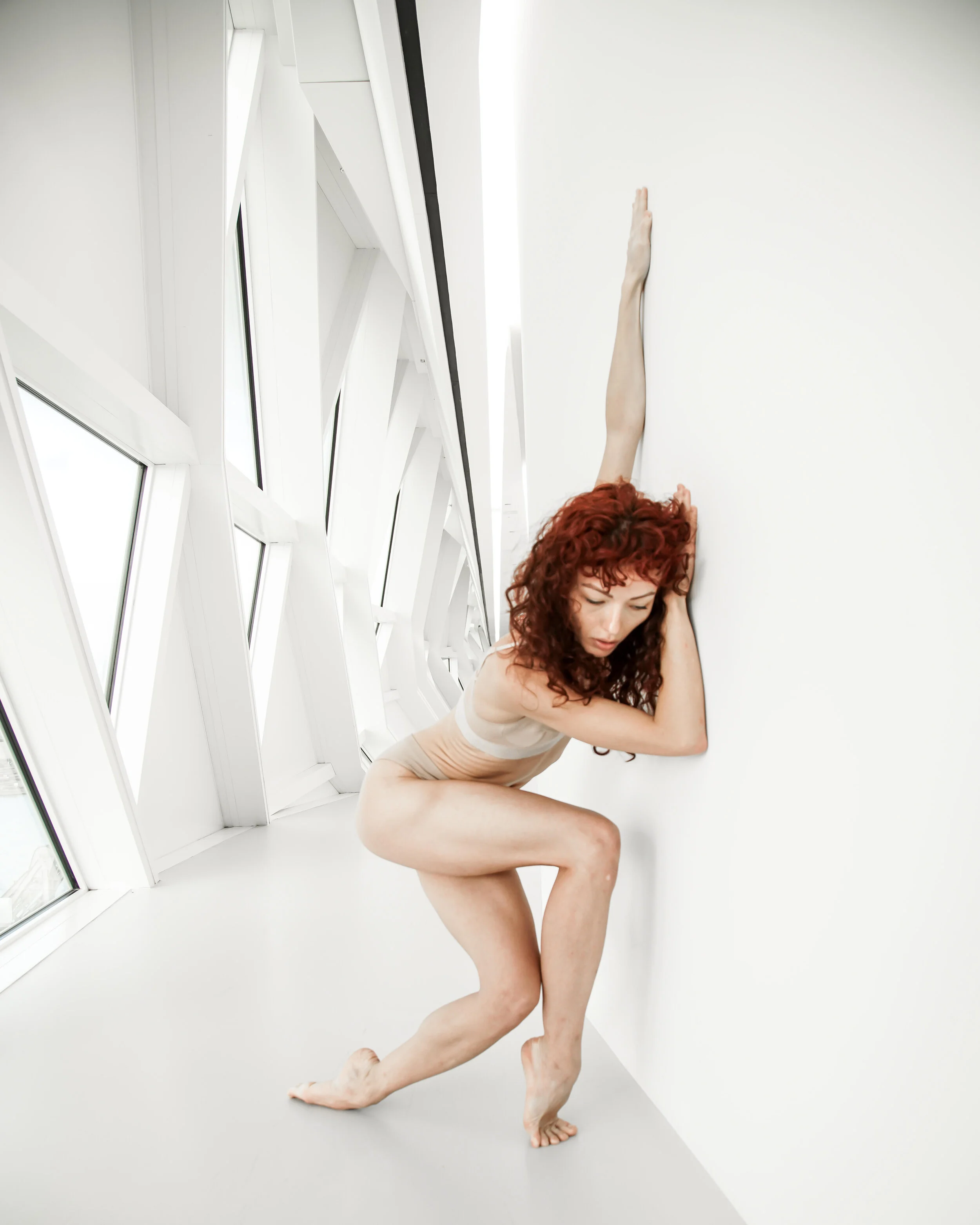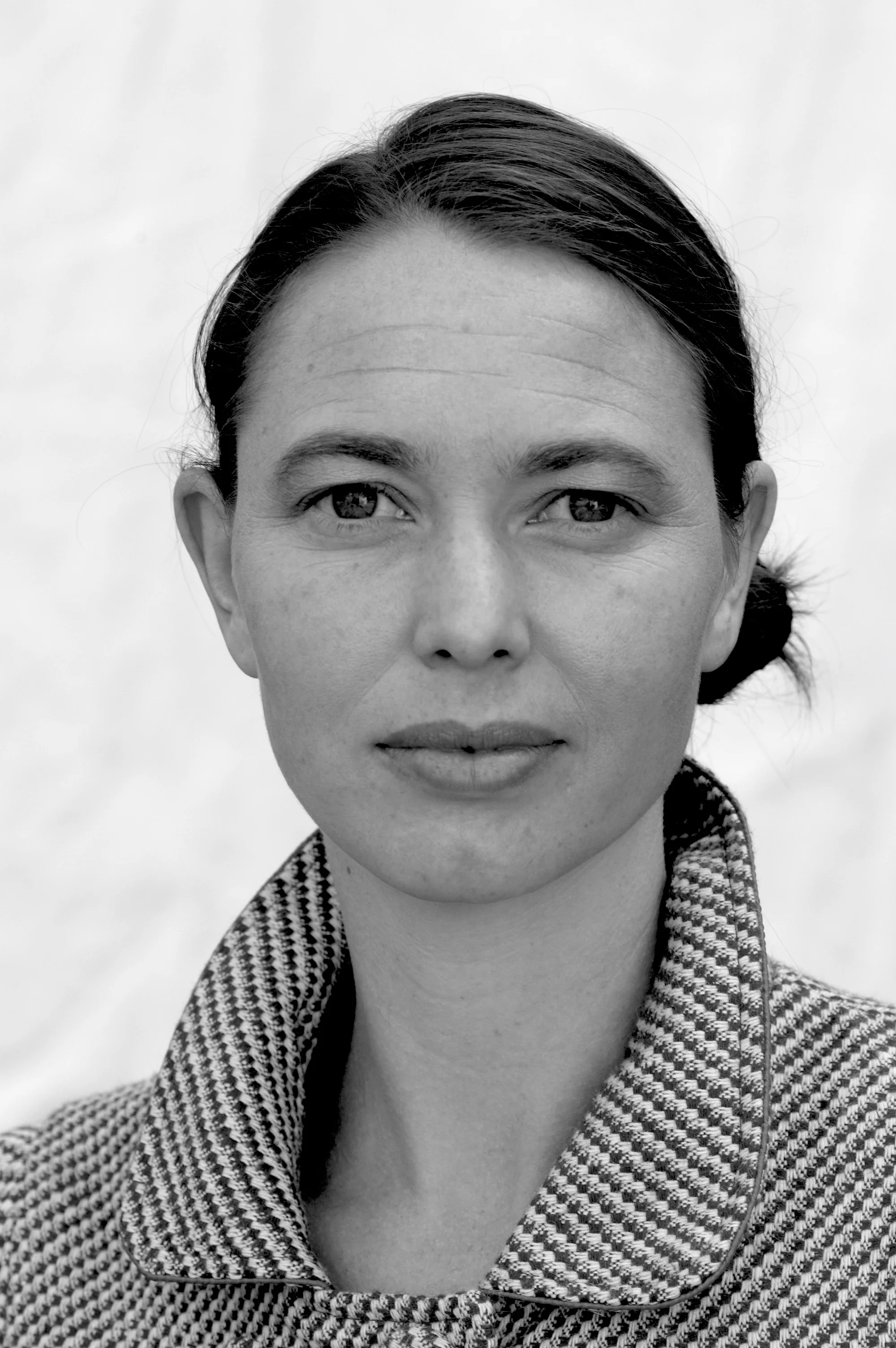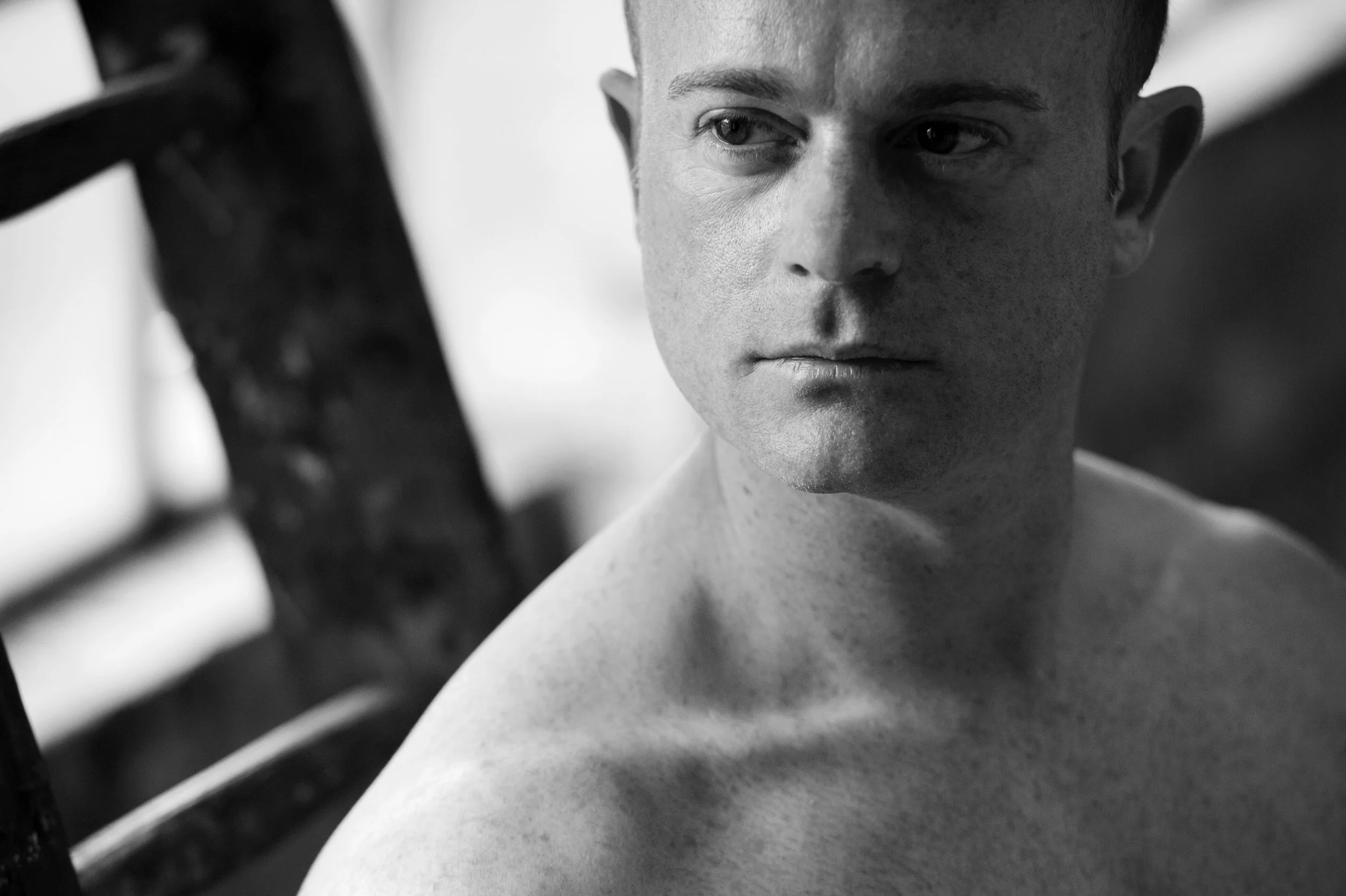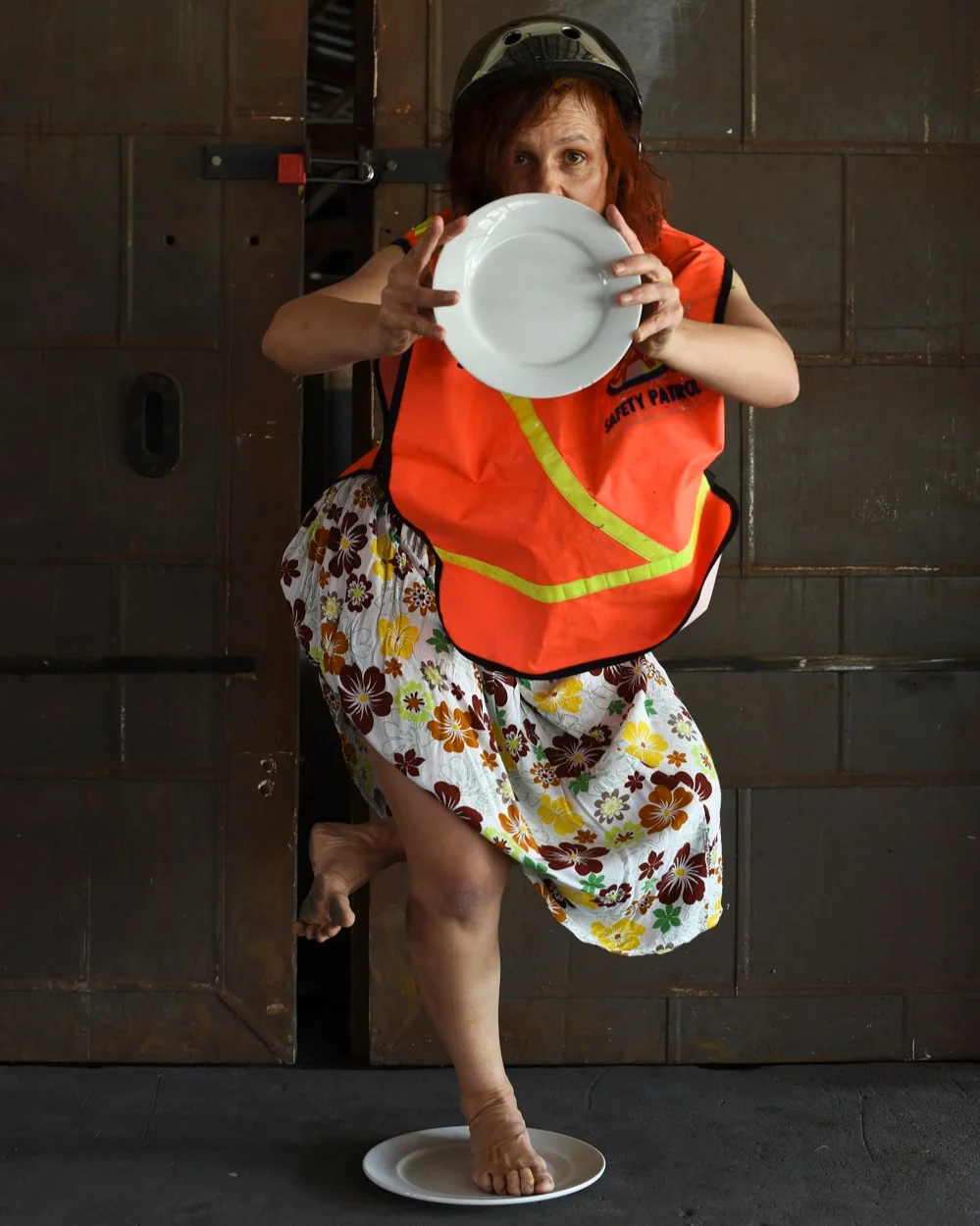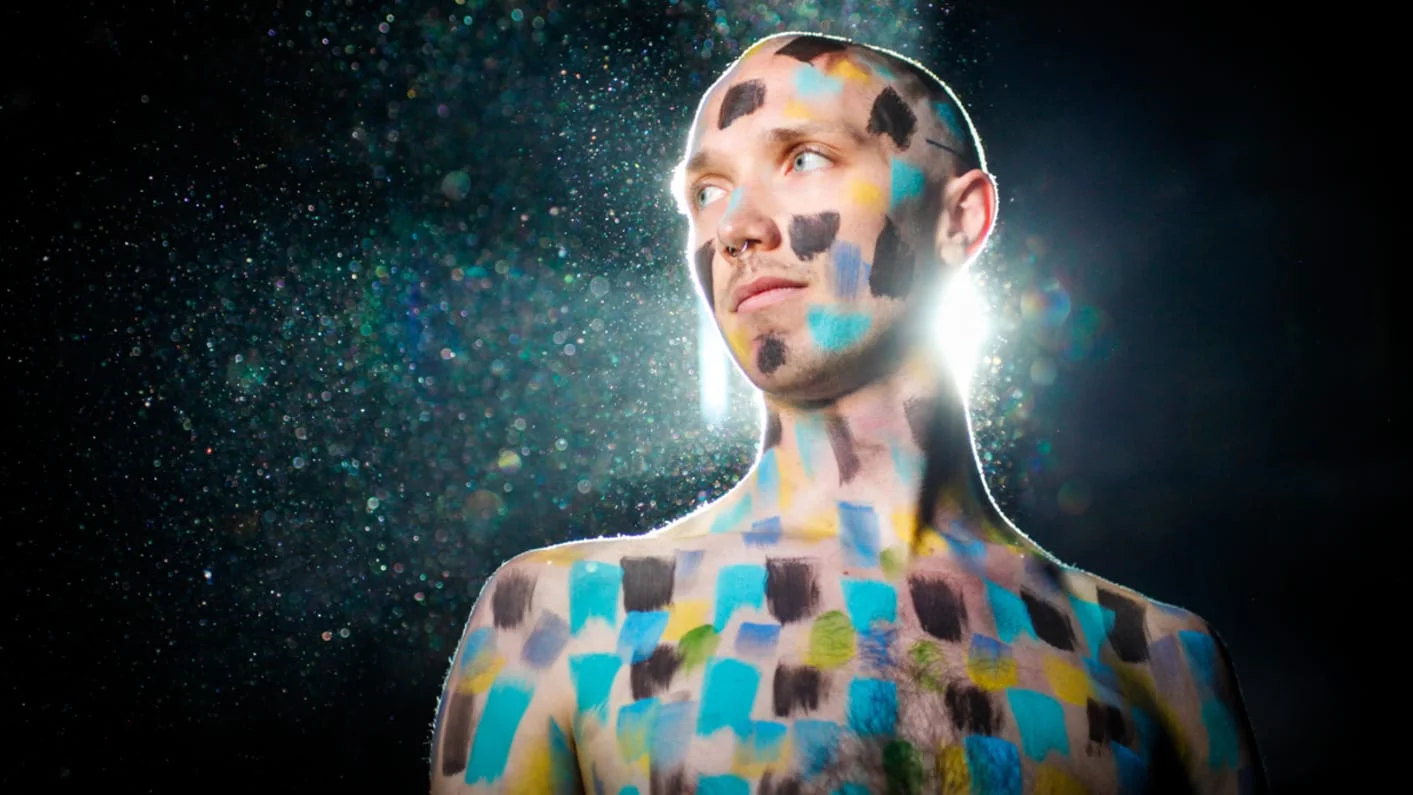
“NS Image 1” image by AdeY
Dan Daw is an Australian dance artist based in Birmingham. Dan grew up in Whyalla, in country South Australia. Starting dance at a young age, his grandmother was a callisthenics teacher, so was surrounded by dance and movement from a young age.
"[Dance] It gave me an outlet and a way to express myself, and to be in a space where I could see myself represented."
Dan started dancing with Restless Dance Theatre in 2002, before dancing with a range of different companies including; Australian Dance Theatre, and Force Majeure (Australia), FRONTLINEdance, Scottish Dance Theatre, balletLORENT, Candoco Dance Company (UK), and with Skånes Dansteater (Sweden).
Throughout his performance career Dan has worked with Kat Worth, Garry Stewart, Kate Champion, Janet Smith, Adam Benjamin, Wendy Houstoun, Sarah Michelson, Rachid Ouramdane, Nigel Charnock, Matthias Sperling, Marc Brew, Claire Cunningham, Martin Forsberg, Carl Olof Berg and Javier de Frutos.
Dan left Australia to work with Candoco Dance Company, finding a lack of opportunities in Australia, depressed at the prospect of needing to go on the dole after significant performance opportunities. There are bigger conversations that need to be had about who can be considered a dancer within an Australian context and who is missing out on professional opportunities.

The Dan Daw Show - image by Josh Hawkins
Dan's work often blurs the lines between dance and theatre and can have a common theme related to time.
Dan has created solo works – ‘Beast’ by Martin Forsberg and ‘On One Condition’ by Graham Adey, the latter receiving the Adelaide Fringe Best Theatre Award 2017. In 2020 Dan will premiere his new work The Dan Daw Show, which explores inspiration, porn and audiences expectations of disabled artists.
Dan was interviewed during a successful run of Thank You Very Much by Claire Cunningham during Manchester International Festival.
This is the first episode in a season looking at Australian dance artists working and living overseas. The next interview is with James Vu Anh Pham who is a company dancer at Akram Khan Company, followed by an interview with Juliet Burnett who dances with Belgium's premier dance company, Ballet Vlaanderen.
You can find a transcript to this interview here.
Delving into Dance is supported by the Victorian Government through Creative Victoria and the Australian Government through the Australia Council, its arts funding and advisory body. If you enjoy Delving into Dance please consider leaving a contribution. Contribute here.
‘We value everyone equally, but you know, of course each person has a role to play in the team that's been created, but no one is, you know, less valuable than another.’
‘My daughter Billie, she was in rehearsal today. My son Archie grew up the first two or three years of his life, like, on tour with me when I was with Bangarra Dance Theatre and just being in the artistic environment and being surrounded by people is such a beautiful gift, I think, that I can give to them as well.’
‘When I'm making dance and when I think about choreography or art, I often relate my early childhood experiences to the things that I make now as well.’
‘I guess for a lot of people, ballet is still very much an evolving, developing language. I think people think it was probably stuck in a time and hasn't progressed. But modern ballet is very challenging and arresting and it's finding new ways of working with an old structure.’
‘In my hibernation my creativity turned to writing. I spent hours happily at my computer with my writing, which sometimes feels like choreography. The results of these writing hours are some rough chapters recounting special experiences of my life, and in particular, my life here at Mirramu.’
‘So I've been refusing the temptation to put work on online to put work on platforms where they eliminate that very core function of connecting people’
Edna Reinhardt, a passionate creative dance and yoga educator with decades of experience in the field.
I used to say for a long time that I thought the dance was the Prozac of the art forms. […] there is an aesthetic that dominates our work, often complex or ugly or difficult issues are glossed over because people are pointing their feet and look very lovely.
I'm really looking forward to finding more lightness and more joy and looking forward to exploring some of my ideas.
I think now I am really sort of hungry to do more things that are really outside of my preconceived box of what I can do or what kind of dancer, I identify as or think of myself as.
“What I love about the dance world is that it has the possibility of bringing together so many different cultures, so many different people, beliefs, ways of thinking, ways of being in a space … we always find a common ground and a way to exist and support one another and to create something really beautiful”
"[Dance] It gave me an outlet and a way to express myself, and to be in a space where I could see myself represented."
“Dance, it has a tribal background, everyone does dance, initially, as kids, and we will do it socially. So I think there's a very powerful message there that can be utilised by choreographers when they're creating their works.”
“Dance can provide a space for people to have a kinesthetic response to something and to be given a place to meet their body in watching another body move.”
"I really loved the freedom of expression, and just realising that... I don't need to use my mouth if I wanna tell a story."
“some of the best advice that I ever got, as a young student, was make the dance that you want to watch”
“I want us to all be held responsible for watching what is happening on stage, as opposed to 'I can't see the person next to me. And so therefore, it doesn't matter'. Actually, I want us to all take part in what I'm putting on stage and be responsible and have thoughts about that. If we do that, then we're having a bigger conversation about what has actually on our stage today.”
“I have this curiosity for what my body remembers, also pre this life that I've known. And that's not to be esoteric, that's actually anchored in some of the incredibly fascinating research to do with trauma in the body and generational trauma.”
“There is something about sharing something with somebody, or about teaching somebody something that allows space for a conversation that you might not normally have.”
“my ambitions are taking me into other mediums where there is such a liberation, because I don't know the rules, because I don't understand the parameters because I don't understand techniques, because I don't understand tools, or how to do this, or what I should be doing. You know, and there's, there's such a liberation in that. And I think the most valuable thing that I have at the moment is this costume design situation.”
“Dance has the ability to take the moment and to expand that out, so you can almost, you can take one or a few things, and really pull them apart and really understand them. […] Dance allows the possibility for authentic human to human encounters; that I think are becoming more and more precious in this digital world.”
“I am such an instinctual person as well, I really trust in the process, and allowing things to evolve and come up. So the work, in away makes its self along the way.”



